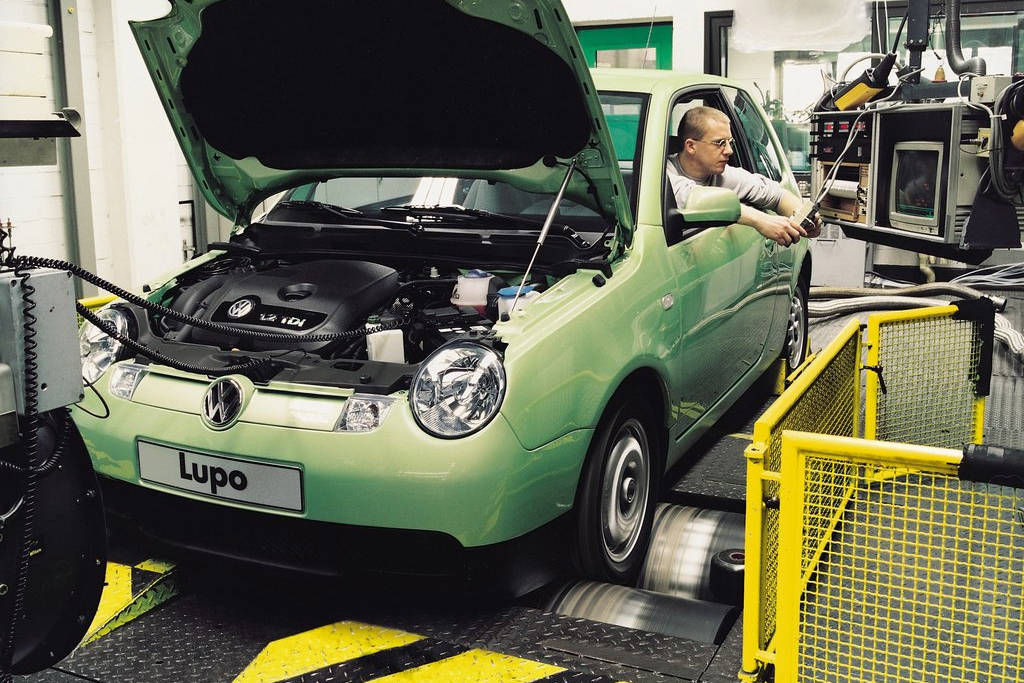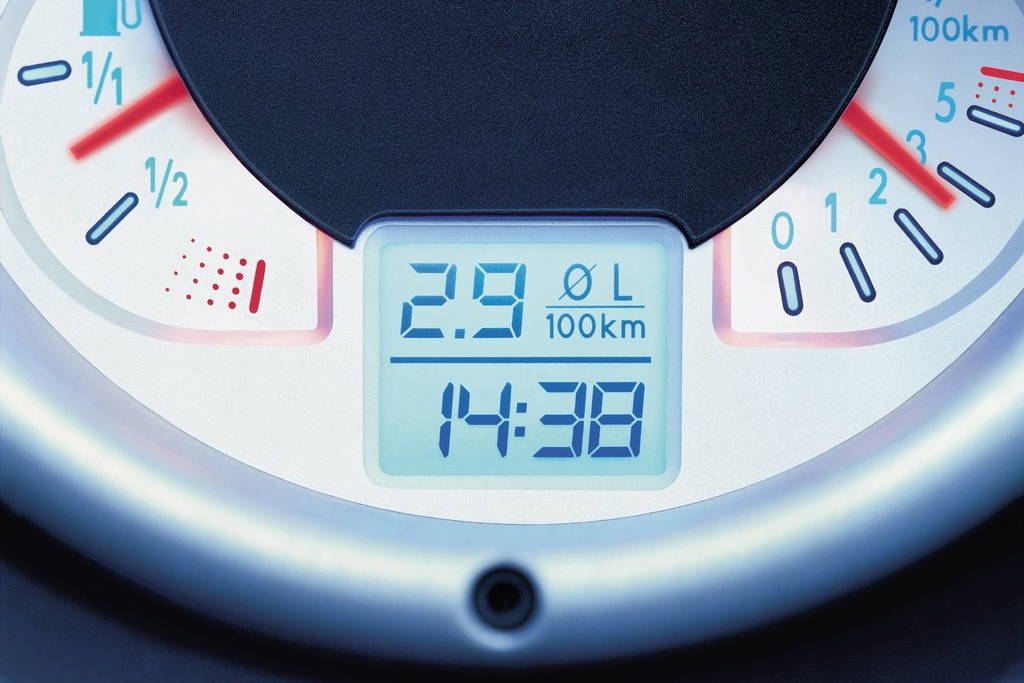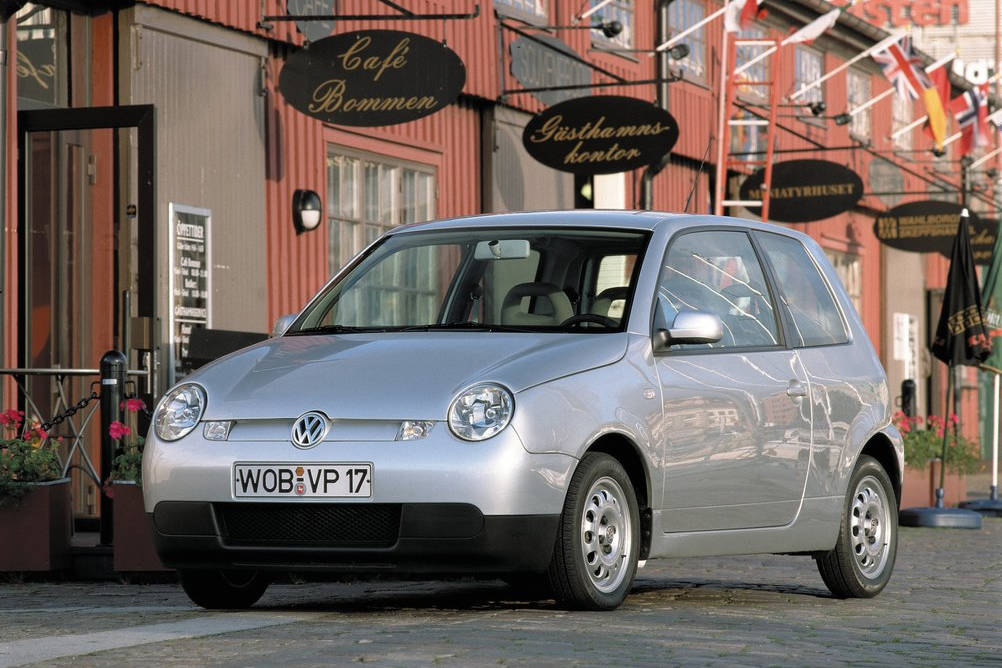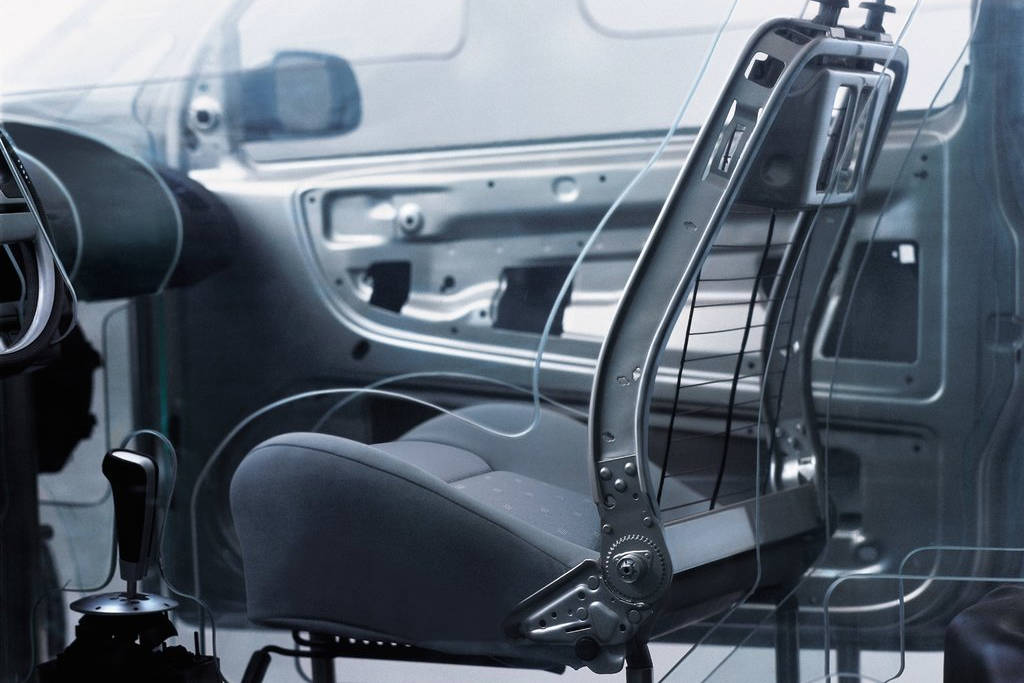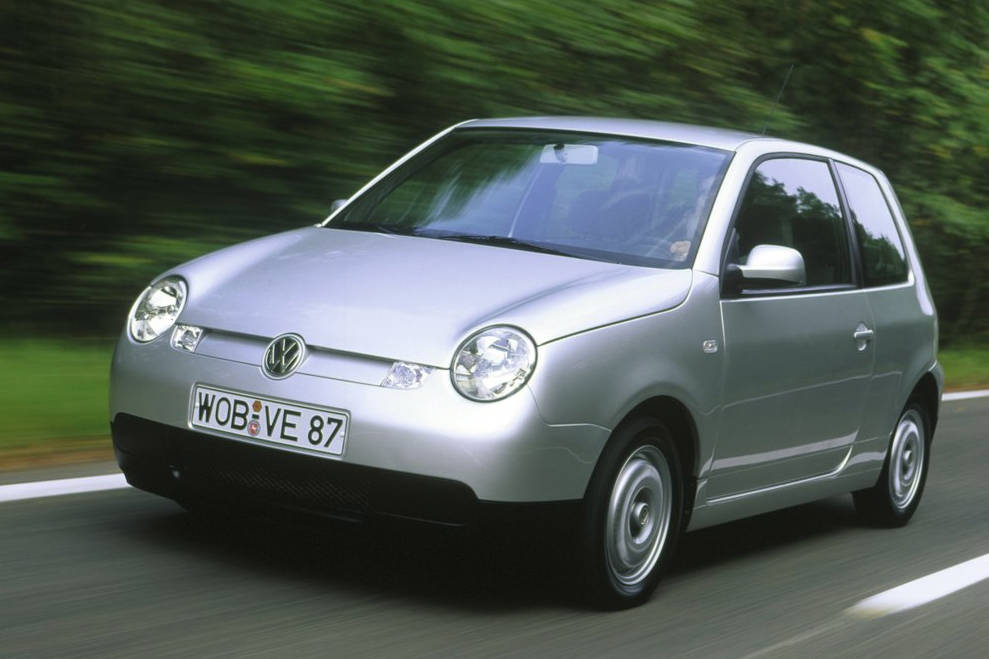The most economical version of the Volkswagen small car produced between 1998 and 2005, presented in 1999, was a demonstration of strength from the Germans. They showed that they can achieve consumption of 3 l/100 km, even with a diesel engine! The tiny car was powered by a 1.2 liter TDI diesel engine with a robotic gearbox. Special features were the magnesium seat frame and steering wheel, the aluminum doors, fenders and bonnet, the lightened glass and the form factor improved to 0.29.
Its direct injection turbo diesel engine is charged by a variable geometry turbo. The PD system (Pumpe-Düse: dosing atomizer element) of the 1.2 liter TDI engine produces a maximum pressure of 2050 bar, which is much higher than the common pressure pipe solution.
The higher injection pressure improves the atomization of the diesel, which improves combustion, reducing consumption and increasing performance. This was considered a very modern solution at the end of the nineties, at that time self-charging hybrids, which today dominate the market of low-consumption models, were still a long way off.
It is interesting that everything was really put in the service of weight reduction and economy, sometimes using rarer and more expensive materials. An example of this is that until the middle of 2001, the tailgate was made of aluminum alloys and magnesium, which is lighter than steel. Because of this, the already light rear of the car equipped with tires with reduced rolling resistance tended to break out when cornering.
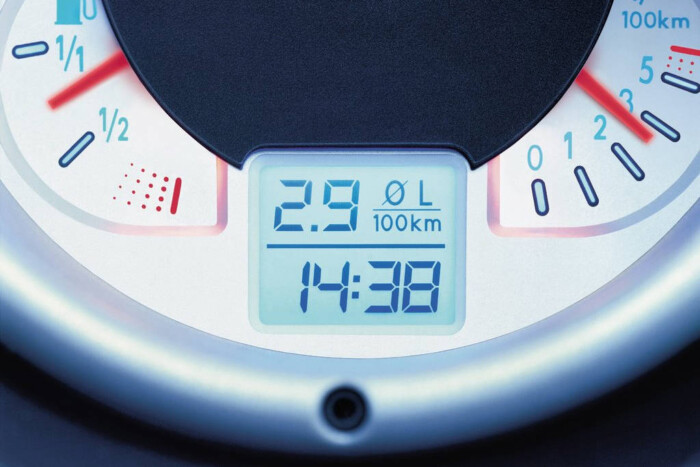
Temporarily, lead weights under the bumper improved the balance so that there was no need to modify the cover, then cars produced from the second half of 2001 adopted the steel tailgate of the other Lupos.
The power of the tiny car is 61 horsepower, and the torque is 140 Nm between 1,800 and 2,400. Lupo 3L PD TDI weighs 905 kilograms.
He really set a record
In the summer of 2001, a 12-member test team set out on a seven-day tour of England to set a new record with the Volkswagen Lupo 3L, which consumes an average of 2.99 liters of gas per 100 kilometers. A test team led by Shigeru Miyano with the “three-liter” Volkswagen Lupo to cover 5,600 kilometers in seven days and set a new consumption record in the Guinness Book of Records. The interesting thing about the test route was that on the 5,600-kilometer distance, many winding road sections and climbs made the testers’ job difficult. The record attempt was successful, the Lupo consumed an average of 2.46 liters of diesel.
We recently tested the model at Vezess in a comprehensive presentation article, where the real consumption data about the car was also revealed: “Driving calmly on plain, flat roads, the car really gets by with 2.7 liters of diesel per hundred kilometers. At a highway speed of 130 km/h, it consumes 3.9 liters, and when accelerating to 150 km/h, this value increases to only 4.2 liters.
The low air resistance (cw 0.29), the protruding engine with an efficiency of 45 percent and the long transmission ratio result in negligible fuel costs. At 120, the number of revolutions per minute in fifth gear is 2,000, and at 160, it is only 3,000.
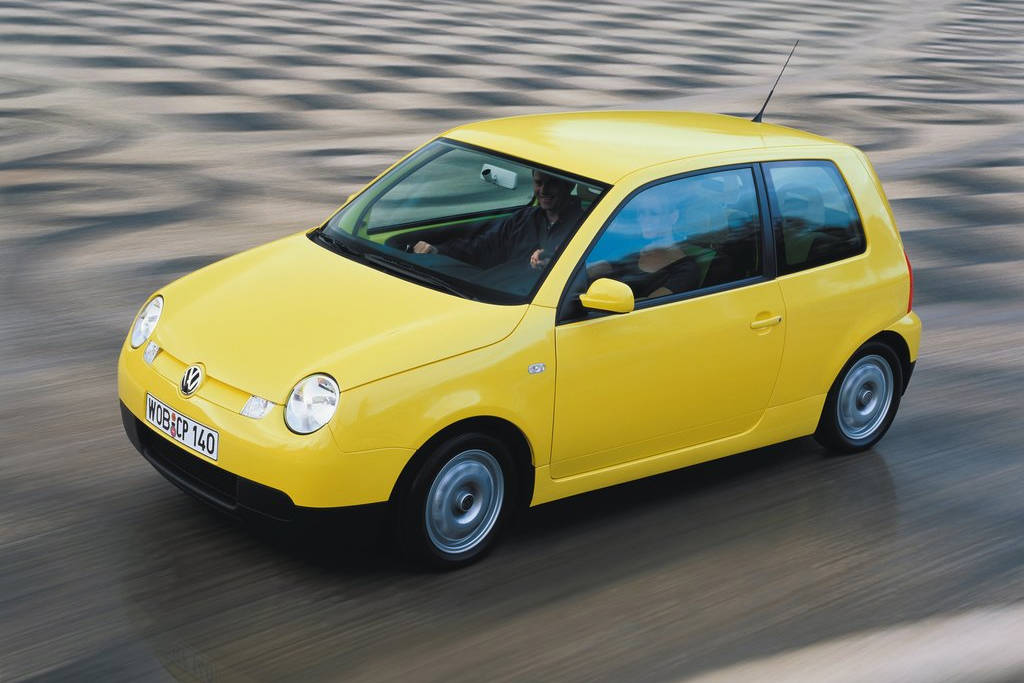
Although modern hybrids and electric cars now dominate this segment, the Lupo 3L’s legacy lives on in its commitment to efficiency.
Source: www.vezess.hu


